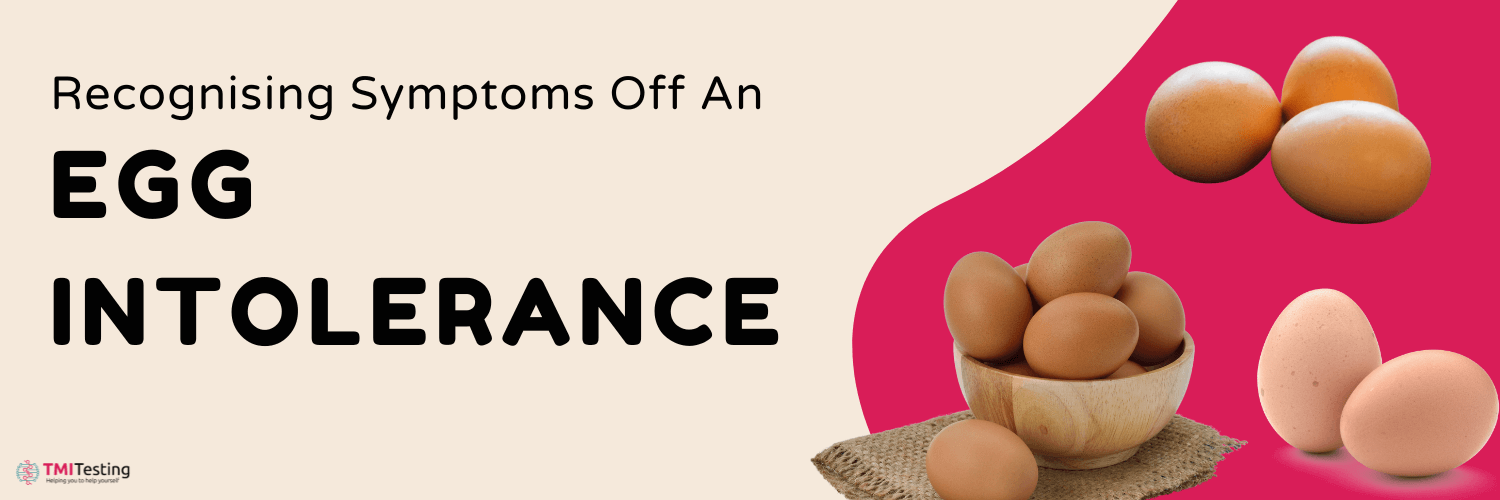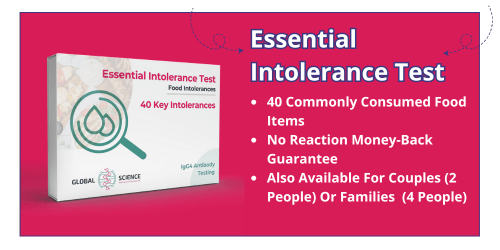Have you ever felt fatigued or queasy after eating chicken? There’s a good chance that you might be suffering from a chicken intolerance. Acknowledging this and confronting it could help to rejuvenate both you and your body in a number of different ways.

For starters, chicken is a staple of the British diet that’s present in some form on virtually every restaurant menu. Being aware of your intolerance could enable you to plan better around avoiding chicken with your newfound understanding of which items you should choose to order.
Or take home-cooking as an example. Knowing that chicken doesn’t quite sit right with your digestive system could lead to you exploring new alternatives to your main meat – whether that means throwing some spicy chorizo into the mix or trying meat-free substitutes.
In this article, we’ll help you understand chicken intolerance; identifying the common symptoms and potential solutions.
What is chicken intolerance?
An intolerance to chicken means that your body simply isn’t capable of breaking it down in any substantial quantity. This is likely due to you lacking a specific digestive enzyme, and you may notice the effects in your body a few hours after eating chicken.
It’s also worth noting that chicken intolerance is not the same as chicken allergy. An allergy means that your immune system misidentifies the chicken allergen as a dangerous substance, triggering an immunoglobulin response that could even result in a dangerous anaphylactic shock.
For the vast majority of people, then, difficulties digesting chicken are likely due to intolerance. But how can you spot the signs?
Chicken intolerance symptoms
The common symptoms of chicken intolerance are:
- Stomach pain.
- Bloating, gas, or cramps.
- Heartburn – which can be triggered by a build-up of excess acid produced by your stomach.
- Diarrhoea.
- In more severe cases, nausea, vomiting, or headaches.
How to manage a chicken intolerance
The first, and most important thing, you can do is ensure that it is definitely chicken that you have an intolerance to.
At TMI Testing, we can test your hair against both food and non-food items, and at the end of the process, you will receive a full comprehensive report from our experts. This detailed report highlights what intolerances you may have, including chicken, and our premium intolerance test checks your hair against 978 common food and non-food items to find the culprit.
How to manage a chicken intolerance
If it turns out you do have a chicken intolerance, then we recommend eliminating chicken from your diet. Many of our customers have seen a difference in only a matter of days, highlighting our high satisfaction rate.
Ultimately, it’s important to address a chicken intolerance quickly and effectively. We’d recommend taking an intolerance test to achieve this as we’ve found from years of customer feedback that it’s best not to gamble with intolerances- and learning about whether chicken is a problem for you now could save you a lifetime of minor discomfort.
Alternatives to chicken
If it turns out you do have a chicken intolerance, then we recommend eliminating chicken from your diet. Many of our customers have seen a difference in only a matter of days, highlighting our high satisfaction rate.
Ultimately, it’s important to address a chicken intolerance quickly and effectively. We’d recommend taking an intolerance test to achieve this as we’ve found from years of customer feedback that it’s best not to gamble with intolerances- and learning about whether chicken is a problem for you now could save you a lifetime of minor discomfort.
If your test results do indicate a chicken intolerance, then it may benefit you to get creative about how you can substitute chicken in your diet. Due to commercial farming reasons, there are in fact more chickens in the world than any other type of bird- and they’re a great source of protein which are a staple of body-building diets.
So, if you’re in need of ideas, consider replacing chicken with:
– Other nutritious meats, such as fish or sausage meat.
– Plant-based substitutes – such as tofu, or edamame beans (which are naturally rich in protein).
It’s worth noting that an intolerance to chicken could go hand in hand with an intolerance to egg yolks, which is why our comprehensive tests check against both allergens to make sure you’re covered.
We hope this article has helped you get to grips with chicken intolerance. Browse our full range of intolerance tests for support with identifying allergens.





